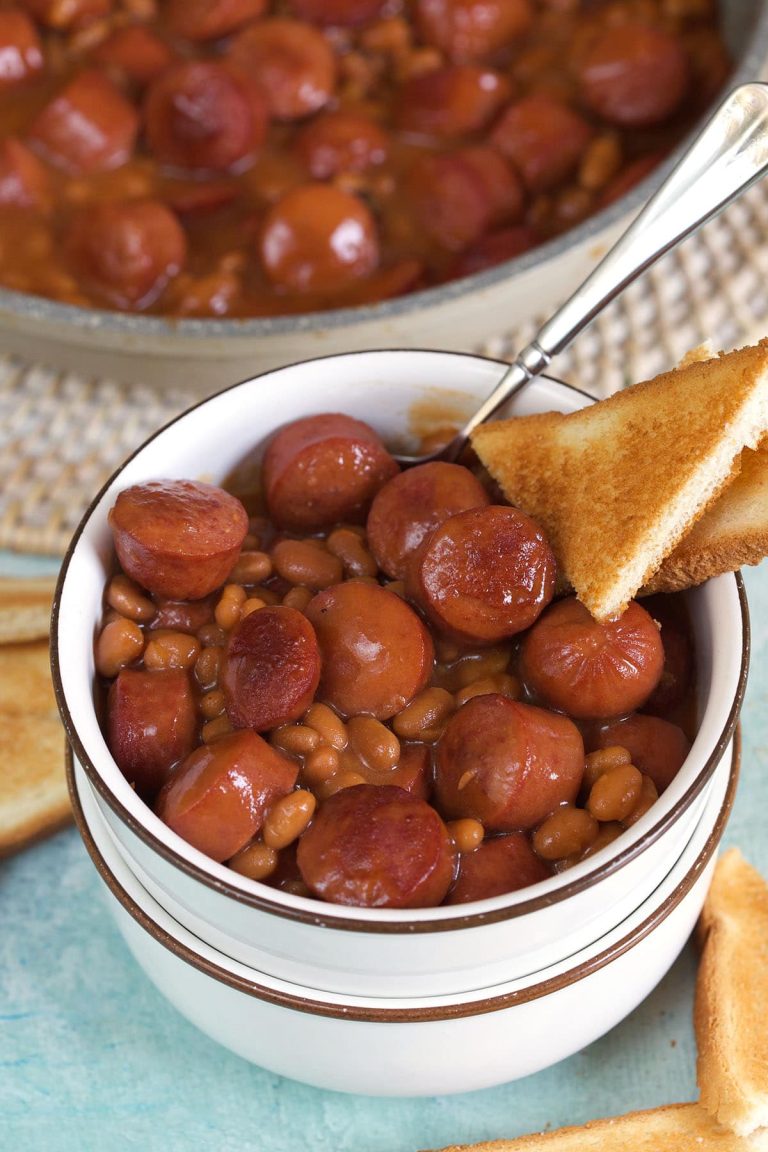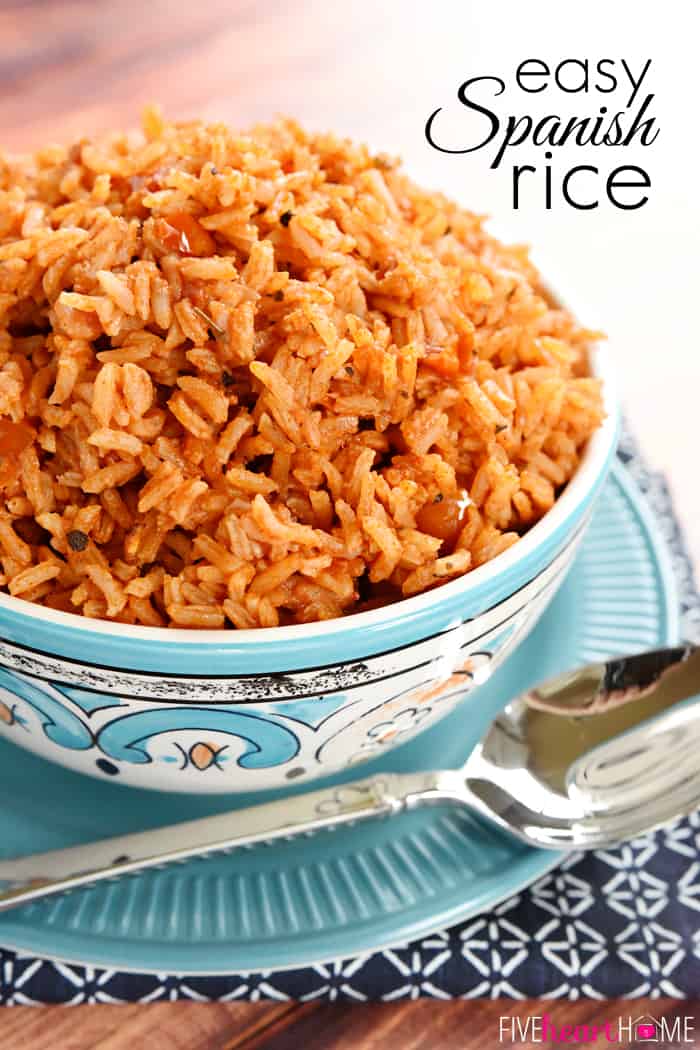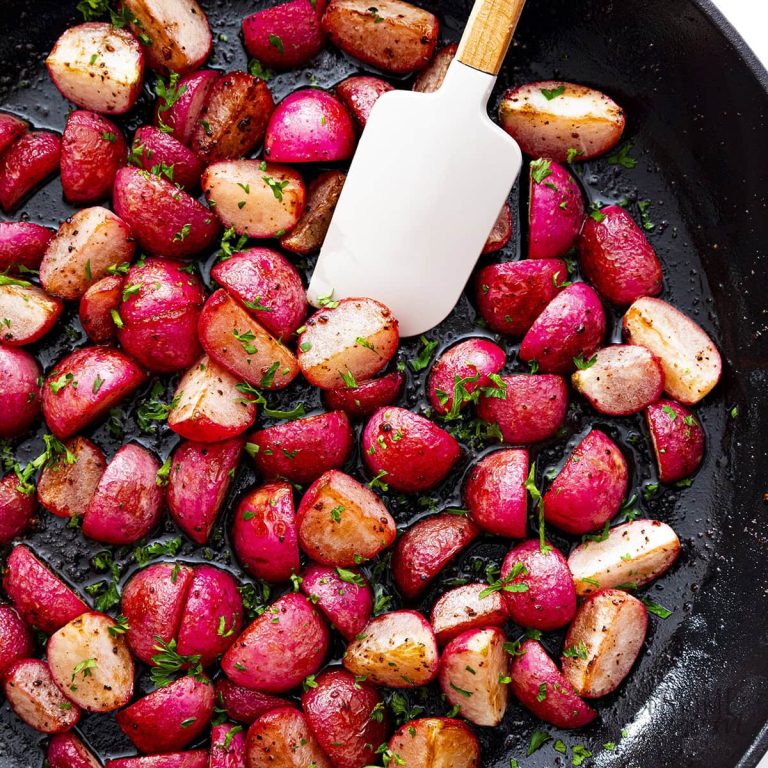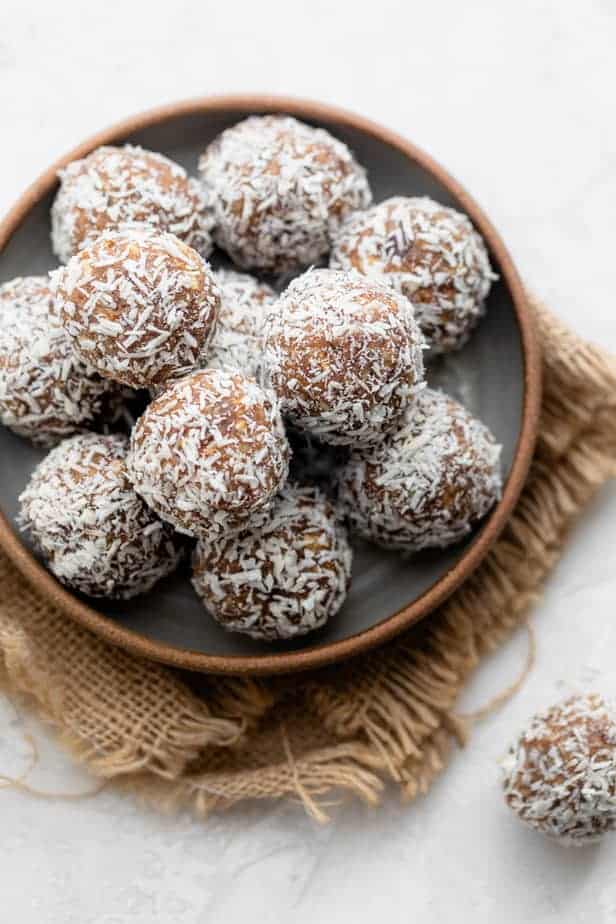Jap Chae Korean Glass Noodles: Expert Tips, History, and Perfect Recipe Guide
Jap Chae dates back to the 17th century during the reign of King Gwanghaegun of Korea. It was originally a royal dish, made with just vegetables and mushrooms before glass noodles were introduced. Initially served as a side dish during royal banquets, Jap Chae quickly gained popularity throughout the country. Traditionally, it’s a staple in Korean festive occasions like Chuseok (Korean Thanksgiving) and weddings, symbolizing harmony and prosperity.
Evolution of the Recipe
Over time, Jap Chae evolved to include sweet potato starch glass noodles, becoming the beloved dish known today. While the initial ingredients focused on vegetables and soy sauce, modern variations include meats like beef or chicken, providing richer flavor and added protein. Different vegetables like spinach, carrots, and bell peppers also became common, offering more color and texture diversity. Today, Jap Chae’s versatility allows for constant innovation, adapting to contemporary tastes while retaining its classic roots.
Ingredients and Preparation
Essential Ingredients for Authentic Flavor
For authentic Jap Chae, you’ll need several key ingredients:
- Sweet Potato Starch Noodles: This forms the base of the dish.
- Beef or Chicken: Thinly sliced, marinated in soy sauce, garlic, and sugar.
- Vegetables: Carrots, spinach, bell peppers, mushrooms, and onions, all julienned or sliced thinly.
- Soy Sauce: A primary seasoning component.
- Sesame Oil: Adds a nutty aroma and flavor.
- Sugar: Balances the savory elements.
- Garlic: Minced to enhance flavor.
- Sesame Seeds: For garnish and added texture.
- Green Onions: Chopped to add freshness.
- Boil the Noodles: Cook sweet potato starch noodles in boiling water for 6-7 minutes. Drain and rinse with cold water.
- Marinate the Meat: Combine sliced beef or chicken with soy sauce, garlic, and sugar. Let it sit for 15-30 minutes.
- Stir-fry Vegetables: Heat sesame oil in a pan. Stir-fry carrots, onions, and mushrooms until softened. Add bell peppers and spinach, and cook briefly.
- Cook the Meat: In the same pan, cook the marinated meat until tender.
- Combine Ingredients: In a large bowl, mix the noodles with cooked vegetables and meat. Add soy sauce, sugar, sesame oil, and minced garlic.
- Toss and Serve: Toss everything together until well combined. Garnish with sesame seeds and green onions before serving.
By following these steps, you can prepare a delicious and authentic Jap Chae that captures the traditional flavors and textures of Korean cuisine.
Nutritional Value
Health Benefits of Jap Chae
Jap Chae offers numerous health benefits due to its diverse ingredients. The sweet potato starch noodles provide complex carbohydrates, ensuring sustained energy release. Vitamins and minerals come from the various vegetables, like carrots and spinach, boosting your immune system and improving overall health.
Beef or chicken, often used in Jap Chae, adds lean protein crucial for muscle maintenance and repair. The sesame oil included in the recipe contains healthy fats that support heart health. Soy sauce, although high in sodium, can be used moderately to avoid excessive salt intake.
Caloric Content and Dietary Considerations
Jap Chae varies in caloric content depending on the ingredients. On average, a serving of Jap Chae has around 200-300 calories.
| Ingredient | Quantity (g) | Calories |
|---|---|---|
| Glass Noodles | 50 | 180 |
| Beef/Chicken | 50 | 105 |
| Vegetables | 100 | 50 |
| Sesame Oil | 10 | 90 |
| Soy Sauce | 15 | 15 |
For those on a calorie-restricted diet, adjusting portion sizes or choosing leaner meats can help manage intake. Vegetarians can replace meat with protein-rich tofu. Opt for low-sodium soy sauce to further control dietary sodium levels.
Serving and Pairing Ideas
Best Side Dishes for Jap Chae
Complement Jap Chae with diverse Korean side dishes for a balanced meal. Kimchi, a fermented vegetable dish, adds a tangy, spicy contrast to the noodles. Pickled radishes provide a crisp, slightly sweet accompaniment. Korean spinach salad (sigeumchi namul) offers a fresh, garlicky flavor that pairs well with the savory notes of Jap Chae. Include steamed rice to enhance the experience; the neutral flavor balances the complex taste of the glass noodles.
Wine and Drink Pairing Suggestions
Pair Jap Chae with drinks that enhance its flavors. White wines like Riesling or Sauvignon Blanc, with their crisp, slightly sweet notes, complement the dish’s umami profile. If you prefer red wine, opt for a light-bodied Pinot Noir. For non-alcoholic options, enjoy green tea or barley tea (bori cha); both provide a smooth, refreshing taste. Korean rice wine (makgeolli) also serves as a traditional pairing, bringing a mildly sweet and tangy flavor to the table.
Cooking Tips and Common Mistakes
Expert Tips for Perfect Jap Chae
Selection: Use high-quality sweet potato starch noodles for the best texture. Look for brands that are clear and free of additives.
Preparation: Soak noodles in warm water for 10-15 minutes until they’re soft. Drain and set aside before cooking.
Meat Marination: Marinate your choice of meat (beef, pork, or chicken) for at least 30 minutes. This allows the flavors to penetrate deeply.
Stir-frying: Cook vegetables and meat separately to maintain their distinct textures and flavors. Overcrowding the pan causes uneven cooking.
Sauce: Combine soy sauce, sesame oil, and sugar in a balanced ratio. Adjust seasoning to taste.
Mixing: Mix cooked noodles with stir-fried ingredients thoroughly. Ensure even coating with the sauce.
Garnishing: Add a sprinkle of sesame seeds and finely chopped green onions before serving. This enhances visual appeal and flavor.
Common Mistakes to Avoid
Overcooking Noodles: Overcooked noodles become mushy and lose their chewiness. Remove from heat when they are slightly firm.
Skipping Marination: Skipping meat marination results in bland and unseasoned meat. Marinate to enhance flavor.
Overcrowding: Overcrowding the wok or pan causes steaming rather than searing. Stir-fry in batches for optimal results.
Imbalanced Sauce: Overuse of soy sauce or sugar creates an overpowering taste. Measure ingredients accurately for balance.
Ignoring Noodle Soaking: If you skip soaking noodles, they take longer to cook and absorb less sauce. Soak them to improve texture and flavor absorption.
Lack of Layering: Cooking everything together causes a mix of indistinct textures. Layer ingredients by their cooking times to preserve their unique textures.
Make these adjustments, and your Jap Chae will reach perfection.
Conclusion
Mastering Jap Chae is a rewarding culinary journey that brings the rich flavors of Korea to your table. By using high-quality ingredients and following expert tips, you can create a dish that’s both delicious and visually stunning. Remember to marinate your meat properly, stir-fry ingredients separately, and balance your sauce for the best results. Avoid common mistakes like overcooking the noodles or overcrowding the pan. With a bit of practice and attention to detail, your Jap Chae will become a favorite go-to dish for any occasion. Enjoy the harmony and prosperity this traditional meal symbolizes.






